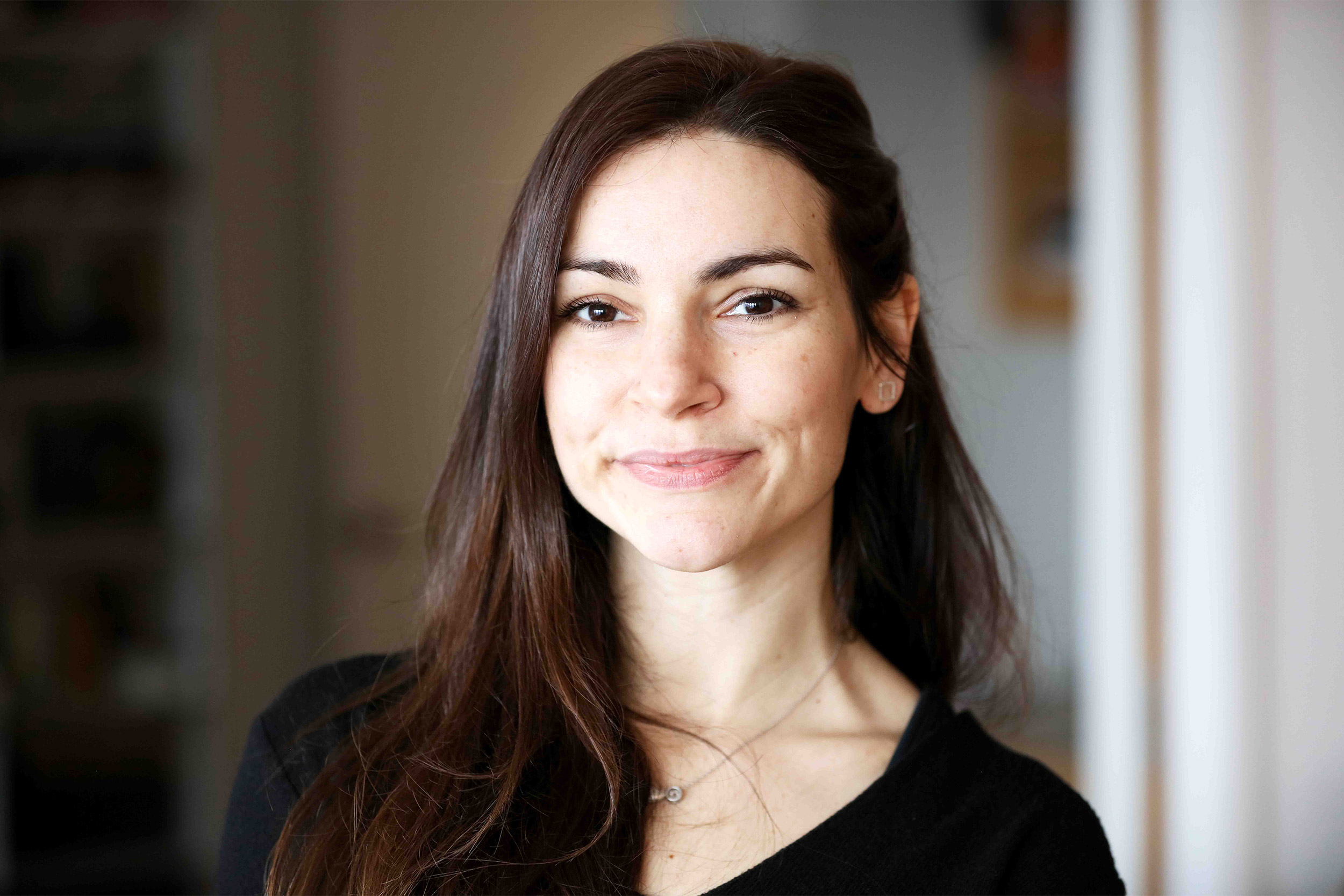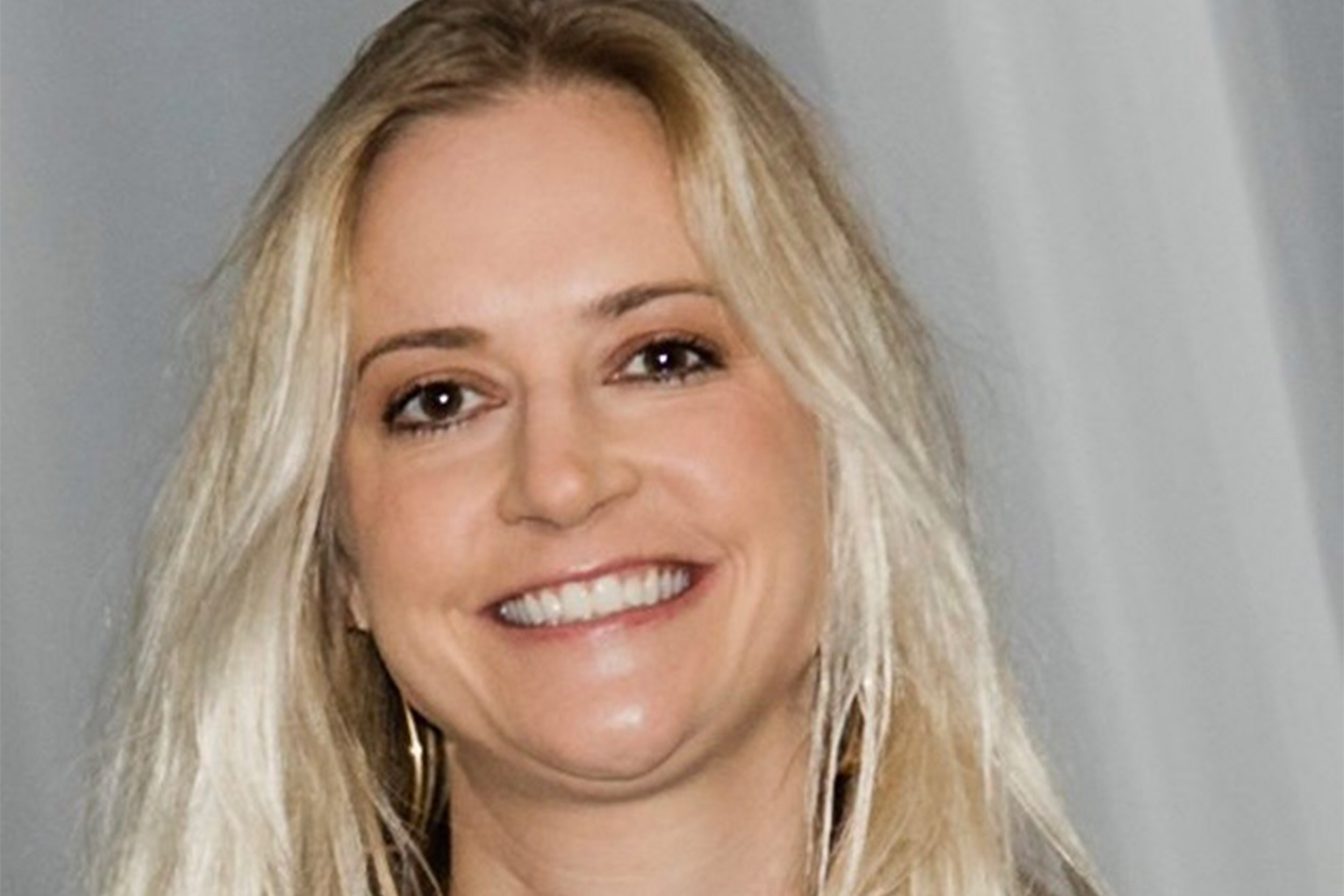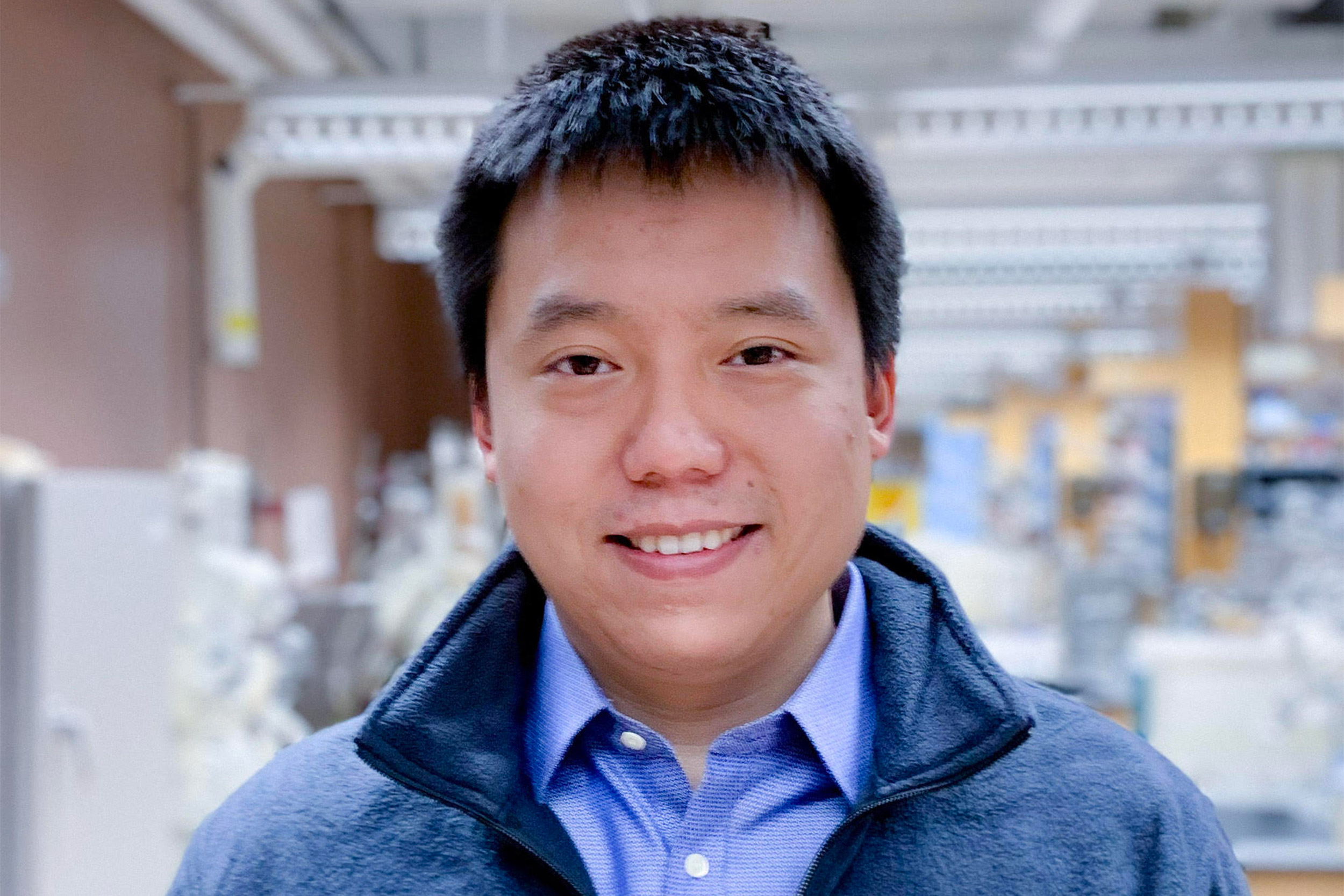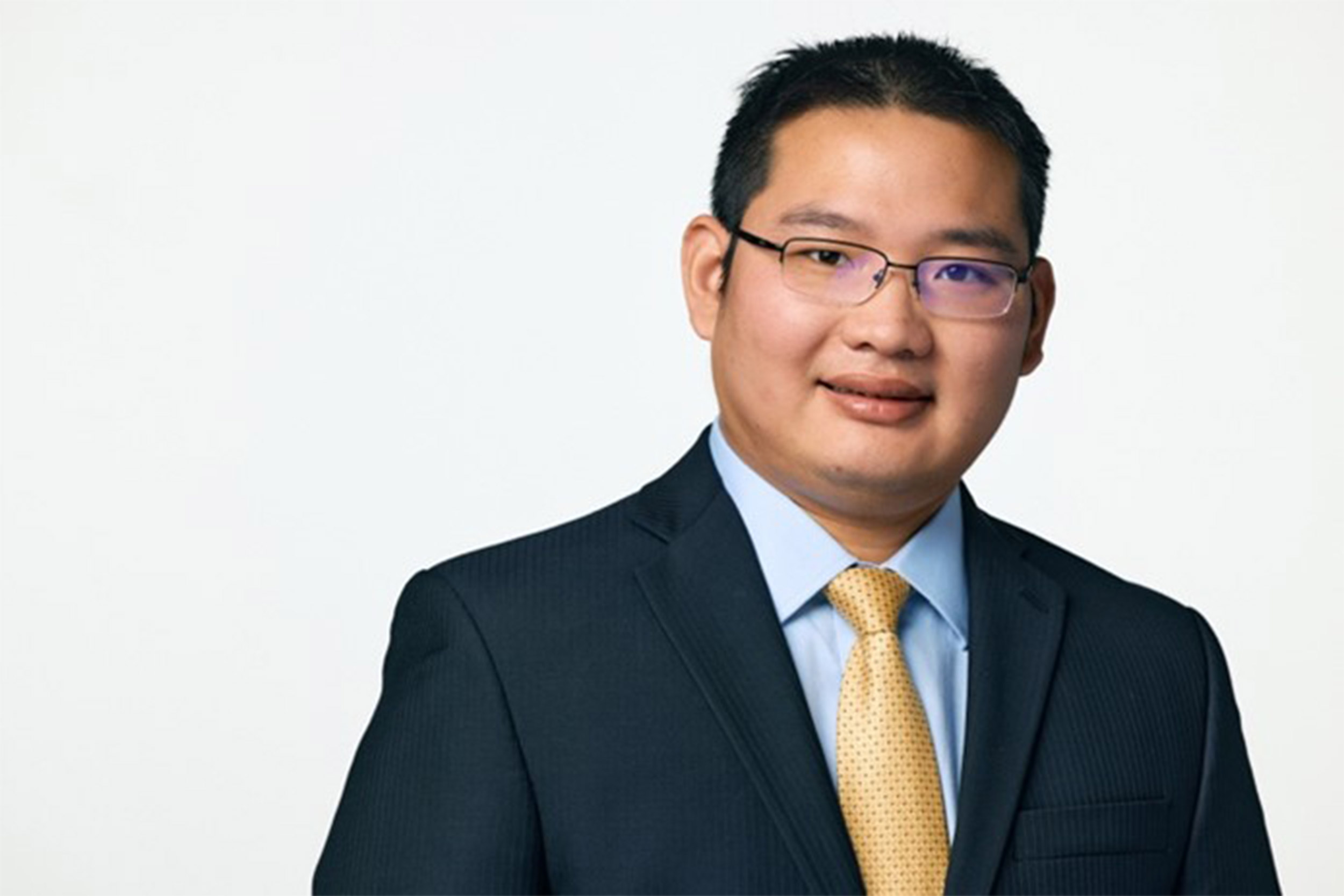
iStock by Getty Images
Aramont Fellowships spotlight and support pathbreaking initiatives
Latest Aramont Fellows’ research seeks solutions to Chagas disease transmission, preterm births, and head and neck cancers
Laser-driven electron propagation. Nanoelectronics implanted through animal embryos. Developing faultless quantum computers. These are just a few examples of the research supported by the Aramont Fund.
The award — celebrating its fifth anniversary of contributing to high-risk, high-reward research across the University — funds the work of outstanding early-career faculty and postdoctoral scholars nominated by the deans of their respective Schools. The fellowship aims to ensure that these scholars — who might go unsupported by most traditional funding options — are able to pursue groundbreaking scientific and technological exploration.
The Aramont Fellowships do more than help kickstart promising careers; they spotlight pathbreaking initiatives and interdisciplinary innovation, with the potential to make great strides in technology, life sciences, physical sciences, and medicine. Established in 2018 with a gift from the Aramont Charitable Foundation, the program supports research at the Faculty of Arts and Sciences, Harvard Medical School, the Harvard T.H. Chan School of Public Health, and the Harvard John A. Paulson School of Engineering and Applied Sciences.
Last year’s winning projects included Jessica Garbern’s work enhancing the survival of cardiomyocytes, cells that manage the heart’s rhythm and can be lost in heart attacks. Garbern is an HMS instructor of pediatrics and an FAS postdoctoral fellow in Stem Cell and Regenerative Biology. Another project, led by FAS assistant professor of physics Matteo Mitrano, produced the first realization of artificial synthetic dimensions in a quantum material driven by a laser. And FAS assistant professor of molecular and cellular biology and of applied physics at the Harvard Paulson School Maxim Prigozhin — working with postdoctoral fellow Sohaib Abdul Rehman — proposed major advancements to electron microscopy, which would help practitioners better identify cellular processes like viral infections.
“For the past five years, the Aramont Fund for Emerging Science Research has fueled tremendous innovation at Harvard. Investing in this critical work and the talented scientists carrying it out is a meaningful commitment to high-risk, high-reward research, as it has the potential to lead to revolutionary scientific breakthroughs,” said John Shaw, vice provost for research, Harry C. Dudley Professor of Structural and Economic Geology, and professor of environmental science and engineering.
This year’s five fellows

Josefina del Mármol
Assistant professor of biological chemistry and molecular pharmacology (HMS) for “Molecular elucidation of human host-seeking in the disease vector Rhodnius prolixus”
Josefina del Mármol’s recent work on insects’ sense of smell paves the way for a deeper understanding of how insects act as disease vectors for humans, a question with significant implications for human health. Although it’s generally understood that smell is extremely important for insects seeking human hosts, the molecular details have been virtually unknown. Del Mármol’s research provides the first atomic-level snapshot of how insect olfactory receptors interact with odor molecules. Her work examines how the South and Central American kissing bug, or Rhodnius prolixus, experiences its sense of smell. Rhodnius prolixus is the major vector of Chagas disease, a life-long affliction that currently impacts an estimated 8 million people worldwide and results in at least 12,000 deaths annually. Combining cryo-electron microscopy, neurophysiology, and drug discovery, her work will shed light on the identity and atomic structure of how Rhodnius prolixus detects human odors, with an aim of developing novel pharmacological tools that disrupt insects’ ability to find human hosts.

Smita Gopinath
Assistant professor of immunology and infectious disease (Harvard Chan School) for “The Role of Vaginal Bacteria in Pregnancy and Preterm Birth”
The resident community of microorganisms within the human vagina, known as its microbiome, is critical to human health, but we understand very little about how it affects immune responses. Unlike the vast intestinal microbiome, the vaginal microbiome consists of a small set of defined communities in two categories: it is either dominated by Lactobacilli with a low diversity of other organisms, or low in Lactobacilli with a high diversity of other organisms. While researchers have been aware of the presence of vaginal Lactobacilli for over a century, little is understood about how they affect our immune responses and physiology. Smita Gopinath hypothesizes that Lactobacilli help control their hosts’ immune response to reduce inflammation, increase resistance to pathogens, and promote host health. She cites that Lactobacilli-dominant vaginal bacterial communities are strongly correlated with pregnancies carried to term (>39 weeks), whereas Lactobacilli-low communities are strongly correlated with pre-term birth. With this project, Gopinath will extend her research group’s initial findings into the field of maternal-fetal immunology to understand how vaginal bacteria influence host health in pregnancy and childbirth.

Heidi Kletzien
Postdoctoral fellow in the Wagers Lab (FAS-SCRB) for “Uncovering Clonal Mechanisms of Head and Neck Cancer Initiation and Progression”
Head and neck cancer (HNC) is one of the 10 most common cancers, and cases are often recurrent with very poor prognoses. Incidence rates have remained relatively unchanged over the past four decades and are expected to rise 66 percent in people over the age of 60 by 2030, due in part to an increase in human papilloma virus (HPV) associated with HNCs. Treatments for HNCs are largely ineffective, with severe side effects that often impact the patient’s quality of life. However, due to poor understanding of the genetic background of HNC and how it originates, treatments have remained static over the past century. Using gene editing technology, Heidi Kletzien will introduce mutations in head and neck tissue stem cells order to observe and understand the particular genes and pathways that cause HNC. Kletzien aims to uncover the mechanisms of how these cancers develop, with the goal of developing more innovative and effective treatments.

Richard Liu
Assistant professor of chemistry and chemical biology (FAS) for “Organic Molecules That Mimic Transition-Metal Catalysts for Sustainable Chemical Synthesis”
Catalysts based on noble metals such as palladium and rhodium have become indispensable tools for manufacturing pharmaceuticals and other chemical substances. However, their use can pose difficulties, including supply chain issues due to geopolitical conflicts and increasing scarcity and (although there are strict regulations in place to protect human and environmental health) their toxicity. Discovering sustainable alternative catalysts is a critically important objective in the field of synthetic chemistry. Richard Liu proposes a unique strategy: the design of organic pseudotransition materials, or metal-free molecules capable of performing the same chemical reactions noble metals do. In addition to the practical advantage of a sustainable replacement, Liu also envisions an opportunity to fundamentally reimagine basic principles of bonding and reactivity of metal-based compounds. He hopes not only to imitate the chemistry of noble metals but to invent pseudometals with wholly unprecedented properties and behavior.

Haichao Wu
Postdoctoral fellow in the Aizenberg Lab (SEAS) for “Microrobots-Embedded Self-Cleaning Membranes for Rationally Designed Separation Processes”
Filtration systems in industrial settings such as water treatment plants, pharmaceutical sterilization facilities, and beverage and dairy processing use a process called membrane separation, where a membrane filters out specific substances. Although membrane separation is widely used, the procedure suffers from performance limitations due to fouling of the membrane during filtration, which reduces its lifespan and limits effectiveness. Drawing upon the concept of self-propulsion, in which microorganisms convert energy from their environment into motion, Wu will introduce self-propelling mechanisms into the filtering process. This concept has already been applied in micro- and nanobot technology, with success in biomedical applications like drug delivery and molecular diagnosis. Wu posits that self-propulsion technology can effectively halt internal membrane deterioration, and that the addition of microrobots will facilitate the separation process, leading to enhanced efficiency. His work aims to inform the development of next-generation membranes with self-cleaning properties.





